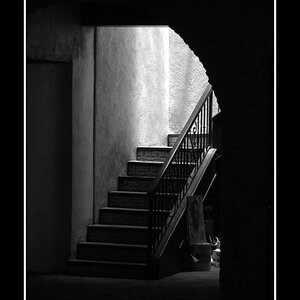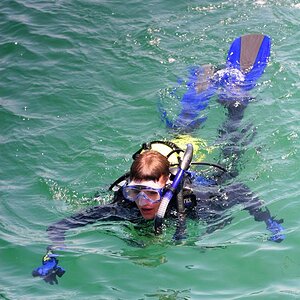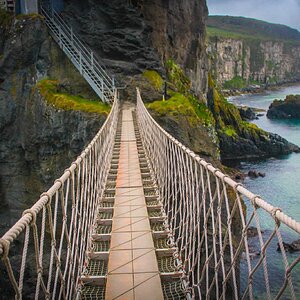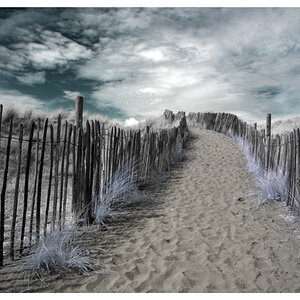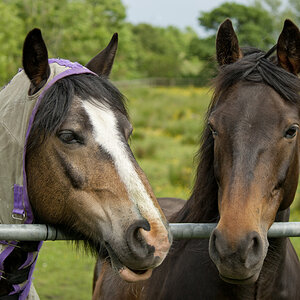Mugen80
TPF Noob!
I apologize upfront if this has already been asked (I used the search option but didnt find an answer). I just picked up a new rebel t1i an I need a recommendation on a good SD card. Ive been looking online but cant make heads or tails on these cards. I think I need a SDHC card possibly a 16 gig or maybe 32? Some boast about super lightning fast transfer speeds... Im confused... thanks in advance guys! 
p.s. I will be shooting in RAW. :thumbup:
p.s. I will be shooting in RAW. :thumbup:


 I cant wait to start shooting.
I cant wait to start shooting.


